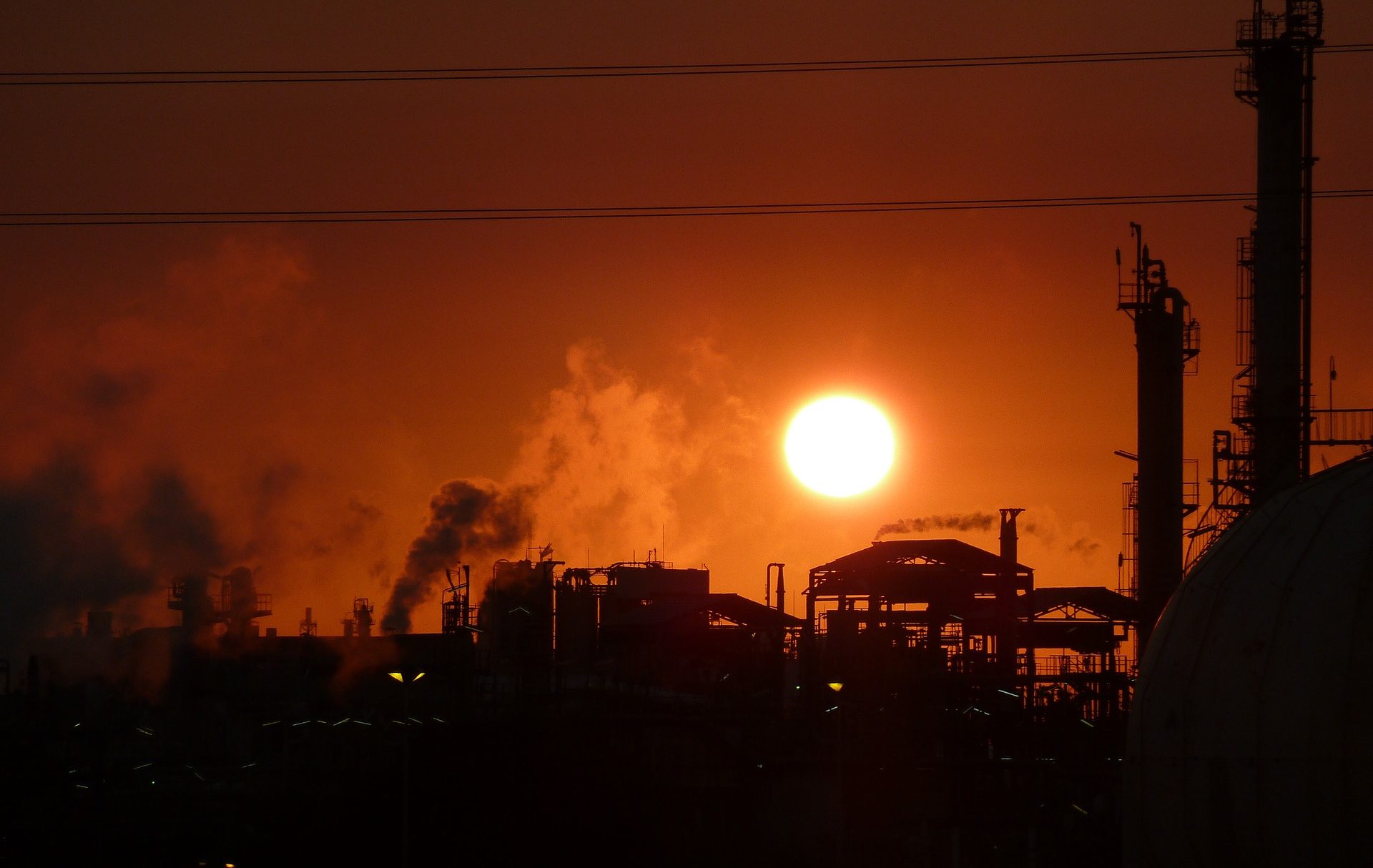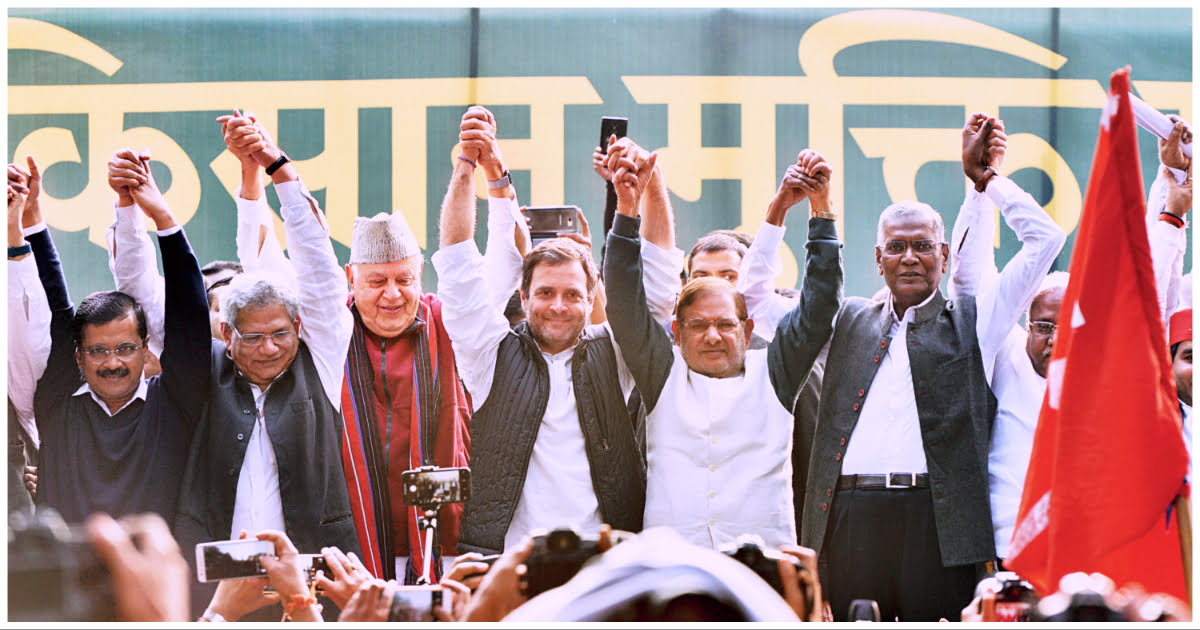According to Down to Earth magazine, pollution levels in 2018 increased 44% more than what they were the previous year. Yet it seems that there is hardly anything being done to correct the situation.
It is not just Delhi which suffers from this problem. Metro cities across the world are reeling under the same. The difference lies only in the fact that most of these other countries have taken concrete steps to counter the problem. And they have borne fruit too. When our own policies have flopped, it is time to take some lessons from outside.
The Chinese exemplar
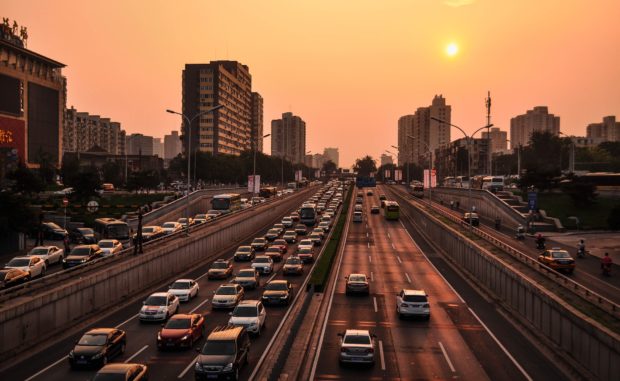
Let us begin with China, the nation which has been on the same level as India in terms of air pollution. Well, not anymore. After the 2013 ‘apocalypse’—when smog engulfed most of the parts of China for almost a month—the Chinese administration came into action. It formulated and diligently followed a ‘Clean Air Action Plan’. The plan included shutting down polluting factories, preventing consumption of coal, and banning high emission vehicles from plying. Along with these, an emergency monitoring and warning system were also put in place. This alerts the public (on their phones) about the air quality, with health advisories, on a daily basis. It also allows people to report an establishment if it is violating emission norms. The citizens are participants in the battle against air pollution.
The number of cars that can be sold in a year has also been fixed. A well-integrated public transport system provides people with a viable alternative. The Beijing government has also undertaken the responsibility to create green spaces. Recently, China constructed a 100-metre tall air purifier. And according to reports, the tower has brought a significant improvement in air quality across an area of 10 square kilometres.
Following the great smog of 2013, China’s air has improved considerably. The country is recording more ‘blue sky days’ with each passing year. Most important, the targets that are set to curb air pollution are being met on time without any delay. India too has many regulatory authorities in places like the NGT, the DPCC, and the CPCB. However, these only have the power to issue directives. The responsibility to implement them lies with the administration which seems to be struggling with the worsening situation. And members of the public do not the initiative either.
The European takeaway

Over in Europe, Paris observes one car-free Sunday every month between 11 am and 6 pm. People are constantly encouraged to cycles and public transport. They can also claim benefits while buying cycles and electric vehicles, or for joining a car sharing scheme.
In London, heavy fines are imposed for breaching emission limits. Along with a “toxic charge” of £10, the drivers have to pay a “congestion charge” of £11.50 daily to enter central London.
Amsterdam has made cycles the most popular and convenient transportation mode.
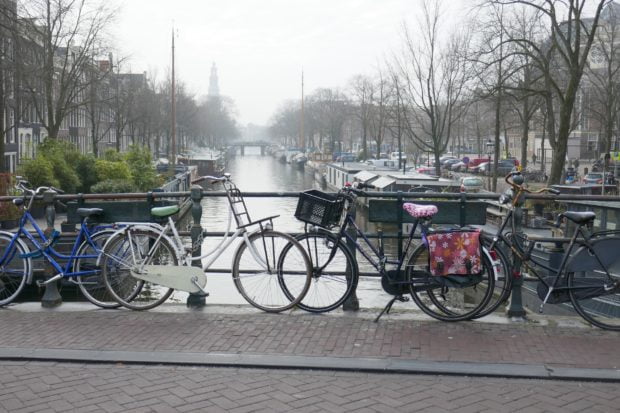
Norway enjoys ‘good’ and ‘moderate’ air quality round the year. The local municipalities are responsible for ensuring road maintenance, speed reductions, and restricting the use of studded tires.
Copenhagen now has more cycles than people. Large parts of the city have been closed to vehicles for decades. The electric vehicle users get free passes on toll roads and certain tax benefits.
In Germany, if you are a cycle user then you are entitled to get cheaper housing and public transport.
Delhi, take notes!
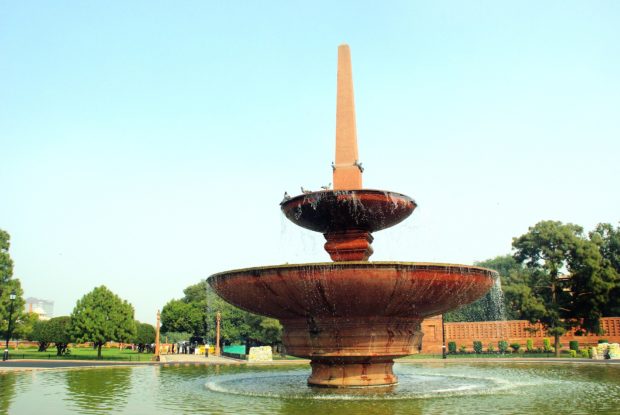
There are many rules and regulations that already exist and have the potential to bring down pollution levels. What is needed is a strict enforcement and hefty fines for violation. Like many other countries, a high sales tax on the purchase of a new car can be imposed, so that people are discouraged from using private vehicles. High parking rates can also be introduced. However, private vehicle usage cannot be curbed until we increase our fleet of buses and other modes of public transportation. Dedicated bicycle lanes and more cycle renting stations should be put in place.
More comprehensive targets need to be made and, more importantly, need to be met without delay. The action plans must involve all the stakeholders and there should be a vigorous public conversation around the issue. Uncontrolled burning of trash needs to be closely monitored and heavily fined. People need to be educated and made aware of not only the adverse effects of smog but also about ways in which they can work towards cleaner air. Social media can come in handy in meeting that objective.
Regional coordination among Delhi and its neighbouring states is very crucial in combating poor air quality. Blaming each other is not the solution. In fact, it obliterates the real matter.

